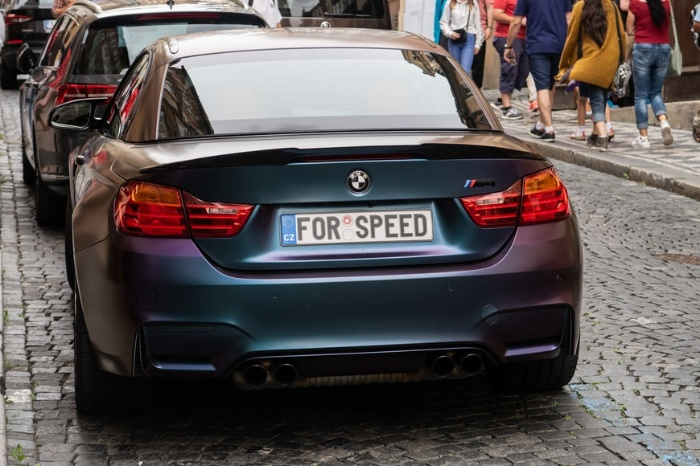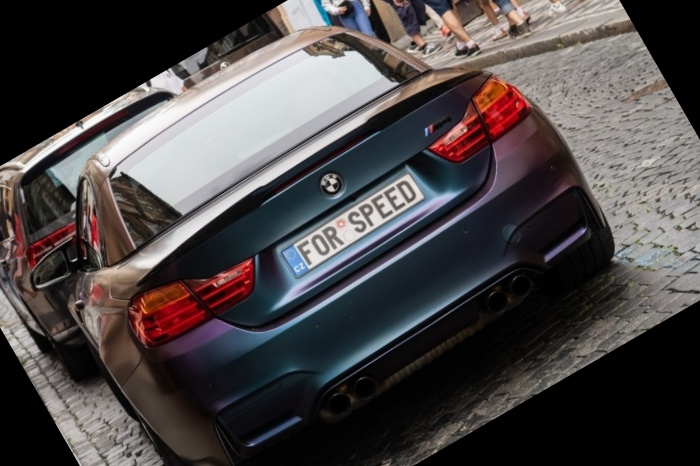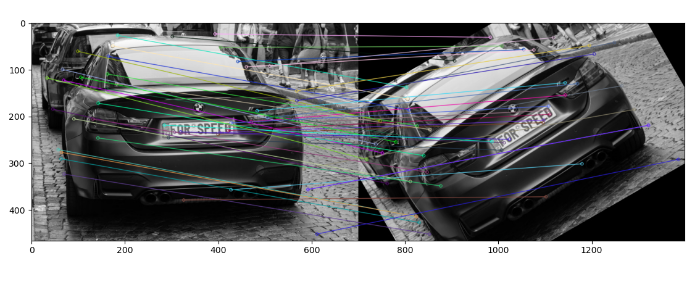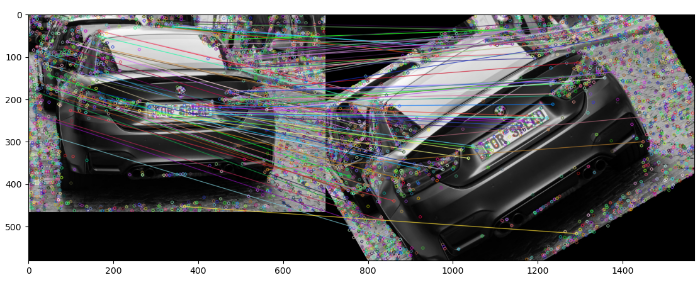
 Data Structure
Data Structure Networking
Networking RDBMS
RDBMS Operating System
Operating System Java
Java MS Excel
MS Excel iOS
iOS HTML
HTML CSS
CSS Android
Android Python
Python C Programming
C Programming C++
C++ C#
C# MongoDB
MongoDB MySQL
MySQL Javascript
Javascript PHP
PHP
- Selected Reading
- UPSC IAS Exams Notes
- Developer's Best Practices
- Questions and Answers
- Effective Resume Writing
- HR Interview Questions
- Computer Glossary
- Who is Who
OpenCV Python – Implementing feature matching between two images using SIFT
We use Scale Invariant Feature Transform (SIFT) feature descriptor and Brute Force feature matcher to implement feature matching between two images. The SIFT is used to find the feature keypoints and descriptors in the images. A Brute Force matcher is used to match the descriptors in both images.
Steps
To implement feature matching between two images using the SIFT feature detector and Brute Force matcher, you could follow the steps given below ?
Import required libraries OpenCV, Matplotlib and NumPy. Make sure you have already installed them.
Read two input images using cv2.imread() method as grayscale images. Specify the full path of the image.
Initiate SIFT object with default values using sift=cv2.SIFT_create().
Detect and compute the keypoints 'kp1' & 'kp2' and descriptors 'des1' & 'des2' in the both input images using sift.detectAndCompute().
Create a BFmatcher object bf = cv2.BFMatcher() and match the descriptors using this BFmatcher object as bf.match(des1, des2). It returns the matches. Sort the matches based on their distances.
Draw the matches on the original input images using cv2.drawMatches().
Optionally we can match the descriptors using the BFmatcher object method bf.knnMatch(des1,des2, k=2). Apply the ratio test on the matches to obtain best matches. Draw the matches using cv2.drawMatchesKnn().
Visualize the keypoint matches.
Let's look at some examples to match keypoints of two images using the SIFT feature detector and Brute Force matcher.
Input Images
We use the following images as input files in the examples below.


Example
In this example, we detect the keypoints and descriptors of the two input images using SIFT algorithm and match the descriptors using the Brute Force matcher. We also draw the best 50 keypoint matches. In this example we pass flags=2 to drawMatches() to draw matches.
# import required libraries import numpy as np import cv2 import matplotlib.pyplot as plt # read two input images as grayscale img1 = cv2.imread('bmw.jpg',0) img2 = cv2.imread('bmw-rotated.jpg',0) # Initiate SIFT detector sift = cv2.SIFT_create() # detect and compute the keypoints and descriptors with SIFT kp1, des1 = sift.detectAndCompute(img1,None) kp2, des2 = sift.detectAndCompute(img2,None) # create BFMatcher object bf = cv2.BFMatcher() # Match descriptors. matches = bf.match(des1,des2) # sort the matches based on distance matches = sorted(matches, key=lambda val: val.distance) # Draw first 50 matches. out = cv2.drawMatches(img1, kp1, img2, kp2, matches[:50], None, flags=2) plt.imshow(out), plt.show()
Output
On execution, it will produce the following output ?

Example
In this example, we detect the keypoints and descriptors of the two input images using SIFT algorithm and match the descriptors using the Brute Force based matcher with knn. Also we draw the best 50 keypoint matches. In this example we pass flags=0 to drawMatches() to draw matches.
# import required libraries import numpy as np import cv2 import matplotlib.pyplot as plt # read two input images as grayscale img1 = cv2.imread('bmw.jpg',0) # queryImage img2 = cv2.imread('bmd-rotated.jpg',0) # trainImage # Initiate SIFT detector sift = cv2.SIFT_create() # detect and compute the keypoints and descriptors with SIFT kp1, des1 = sift.detectAndCompute(img1,None) kp2, des2 = sift.detectAndCompute(img2,None) # create BFMatcher object bf = cv2.BFMatcher() matches = bf.knnMatch(des1,des2, k=2) # Apply ratio test good = [] for m,n in matches: if m.distance < 0.1*n.distance: good.append([m]) # cv2.drawMatchesKnn expects a list of lists as matches. img3 = cv2.drawMatchesKnn(img1,kp1,img2,kp2,good,None,flags=0) plt.imshow(img3),plt.show()
Output
On execution, it will produce the following output ?


